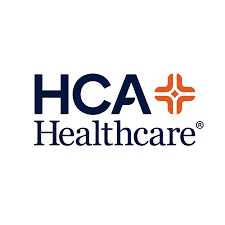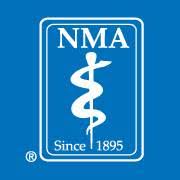C-sections linked to longer recovery, higher pain, sleep problems for new mothers

Editor's Note Cesarean delivery remains the most common major surgery in the US, but new evidence highlights its impact on recovery, pain, and sleep health for mothers. In an American Medical Association (AMA) interview published by HCA Healthcare Today on October 10 and new research presented at the ANESTHESIOLOGY® 2025…
Global medical community rejects Trump’s Tylenol-autism claims: Statements compilation

Editor's Note Medical and scientific groups across the US and abroad swiftly pushed back against President Donald Trump’s September 22 announcement that acetaminophen use in pregnancy may cause autism, with experts warning the claims are unsupported and potentially harmful. Trump, joined by HHS Secretary Robert F Kennedy Jr, also suggested…
Drug that makes tumors glow is transforming cancer surgery

Editor's Note A new drug is giving surgeons a sharper view of cancer in the OR and helping preserve healthy tissue, Fast Company August 28 reports. Cytalux is an FDA-approved fluorescent agent that makes cancer cells glow green under infrared light, allowing surgeons to spot and remove malignant lesions with…
New UCSF measure shows 1 in 60 cesarean deliveries involve serious surgical complications

Editor's Note Roughly one in every 60 cesarean deliveries results in a severe surgical complication, according to new research from University of California San Francisco (UCSF) published in Obstetrics and Gynecology, MedicalXpress August 25 reports. With about 1.1 million cesareans performed each year in the US, this translates to an…
Breast cancer surgery delays tied to higher upstaging, faster tumor growth

Editor's Note Each month of delay between breast cancer diagnosis and surgery raises the likelihood of tumor upstaging, nodal spread, and in vivo tumor growth, according to a national database analysis published in Annals of Surgical Oncology on July 23. The researchers reviewed records from more than 1 million patients…
Study: Mental fatigue, missed perioperative care linked

Editor's Note A July 16 study published in BMC Research Notes found that mental fatigue among perioperative nurses is significantly associated with increased rates of missed perioperative nursing care. This cross-sectional study surveyed 385 operating room nurses working in university-affiliated hospitals in East Azerbaijan, Iran. Participants met inclusion criteria related…
Study: Night shifts increase asthma risk for women

Editor's Note Women who work night shifts are around 50% more likely to have moderate or severe asthma compared to women who work only during the day, according to findings published in ERJ Open Research. As detailed in a June 15 announcement from the European Respiratory Society, the study analyzed…
How gender norms shape perioperative nurse career paths

Before Florence Nightingale revolutionized nursing in the mid-19th century, men played the crucial role of nurses on the battlefield. However, as time passed, nursing became a female-dominated profession. Men and women received the same level of training and worked together during World War I, but the men were called orderlies…
Perioperative care for transgender patients demands specialized, affirming, informed practice, experts say

Editor's Note New clinical guidelines emphasize that safe and equitable perioperative care for transgender and gender-diverse (TGD) patients hinges on affirming communication, tailored medical assessments, and culturally competent practice. According to a peer-reviewed article published in the June issue of Nursing, perioperative teams must adopt evidence-based, inclusive approaches to better…
Nurse-led bra initiative eliminates post-surgical chest wounds in female heart patients

Editor's Note A well-fitted bra dramatically cut post-sternotomy wound rates to zero at a Denver hospital, showing how nurse-driven innovation can improve outcomes and reduce costs, Critical Care Nurse May 28 reports. In the article, “The Bra Project: Preventing Wounds in Women After Sternotomy,” appearing in the journal’s June 2025…

 Free Daily News
Free Daily News